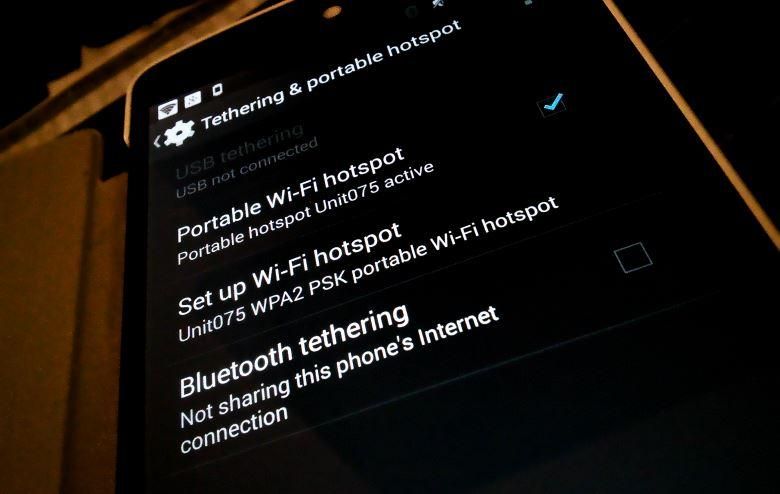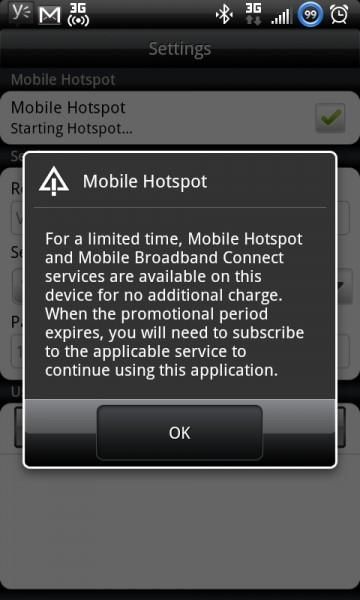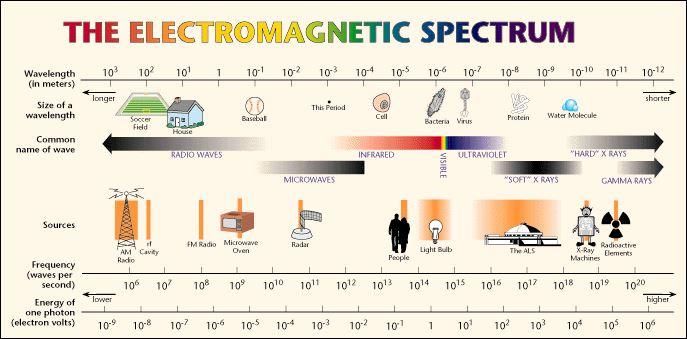Finally, after years of you and I telling them so, mainstream carriers are starting to offer “unlimited” plans. Why the “air quotes”? Because even though we’re told they’re “unlimited”, these plans still have “limits”. We had unlimited mobile to mobile minutes (but not to land lines or to people on other carriers), then unlimited talk time (but only on the weekends and after 7pm). Eventually we got unlimited texting (which we really should have had all along, but that’s another article entirely). The odd-ball has always been data.
Some plans offered a few hundred megabytes of data, others bumped that to a few gigabytes. Very rarely would you see “unlimited” data. Even T-Mobile went with an interested definition of “unlimited”: use all the data you want, but only the first pre-determined amount was at full-speed — everything after that was “up to” 2G (which translated to “really slow”).
Now, however, you can choose an “unlimited” data plan from most of the national carriers, but the new plans have another interesting “limit”: tethering.
Limited Tethering
When I had 5GB/month from T-Mobile, we’d often have conversations about why my tethering had “stopped working”. They’d tell me that tethering wasn’t included in my plan. I’d reply with a rebuttal that I was paying for 5GB of data, and my contract didn’t differentiate between tethered and non-tethered data. After escalating to a supervisor or manager I was usually able to convince them that since my plan didn’t prohibit tethering, neither should their network. Regardless, after 5GB of data, that was it.
We’d dance around how tablets and laptops allegedly “use more data” than phones do, and I’d reply that my smartphone had a 1080p screen and my tethered tablet was only 720p (at the time), so when streaming Netflix or YouTube I’d actually be using less data because of the lower resolution. Nine times out of ten they’d agree and re-enable tethering on my account. (The other time I’d simply call back the next day and dance around the issue again.)
Why did carriers do this? They wanted to sell another item: a tethered data plan. A 2.5GB/month tethering plan (on top of an unlimited data plan) could bring in $20/month per subscriber. For most people it was simply easier to play the extra money rather than continually calling customer support.
Unlimited Tethering
Yeah!
T-Mobile just announced new pricing for its Simple Choice plans, which gives customers unlimited data, calls, and SMS, as well as international roaming in 122 countries for $80/month. It also includes 5GB of tethered data. While that bundle is absolutely great, we’re left scratching our heads: why isn’t there an option for unlimited tethering, too?
On this plan, as well as plans from other carriers, you can turn on Netflix and watch it on your 1080P smartphone plugged in to your big-screen, HD TV with full surround sound 24 hours a day, 7 days a week, every single day of the month and your “unlimited” data plan will cover you.
However, if you tether your laptop to your phone’s data plan, and stream Netflix through it at exactly the same resolution that you’d have gotten on your phone, well, we simply can’t have that! You’re limited to only 5GB (or some other threshold) before you’re throttled, cut off, or charged for the overage.
It’s the same amount of data!
We’re not just picking on T-Mobile here. Currently no carrier in the States offers unlimited tethering — not even if you’re willing to pay a premium for it. Why the heck not?
The official answers, if there are any, will likely vary by carrier, plan, and possibly even depend on who you talk to. The underlying reason may be a lot less sinister — and much more forgivable — than you might think.
Spectrum
When you use your smartphone or data-enabled tablet, you typically don’t connect and stream all the time — well, you might, but most people don’t. The carriers depend on that for one simple reason: there’s only so much spectrum to go around.
After a regional emergency, when you’re trying to call someone to tell them you’re okay, you’ll often get a busy signal or an “all circuits are busy” message when calling out on a land-line. In cases like this, essentially every single pair of copper wire is already being occupied by other conversations. There aren’t any more lines though which you can connect. That’s changed a little bit now that back-hauls and trunk lines are fiber optic rather than copper, but you get the point.
Cellular systems are very similar. Each call (whether that’s a voice call or a data stream) takes up a chunk of frequencies while it’s active. Once you hang up (or take the time to read an awesome article like this one), that slice of spectrum is released for someone else to use. There’s only so much spectrum to go around. Once “all circuits are busy”, you’re out of luck.
Streaming breaks that. Instead of being “bursty” like the rest of the web, where traffic comes in waves with pauses in between, streaming fills the available pipe until the content being streamed has completed — in the case of a movie that could be a few hours, for an Internet radio station, it could be all day.
Carriers know that they’ve got one limiting factor which will coax you into turning off that stream: your battery won’t last all day! Yes, you can plug in while you’re watching, listening, or surfing. But in the places where you have access to a plug, you very probably have access to another network via Wi-Fi, so you’re probably not taxing their cellular network.
There’s one last major concern: most smartphones don’t limit the number of devices that can connect through it to just one. Some only allow five other devices to connect, while others don’t have a theoretical limit. Tethered devices could be other cell phones, tablets, laptop or desktop computers, or even web and file servers. Needless to say, that’s a lot of load that could potentially go through your cell phone. If you’re already paying for “unlimited data”, and it’s reasonably fast on your cell phone (LTE or HSPA+), you might even be tempted to drop your cable or DSL provider and rely completely on your phone. That would be a disaster.
What about you?
How much tethering does your plan let you have each month? Is it enough, or could you use more? What happens when you go over your allotment? What kinds of devices are you tethering to your smartphone?
Head down to the comments and let us know so we can better understand how you’re using your plan, and so we can know who’s happy, who’s not, and why!




